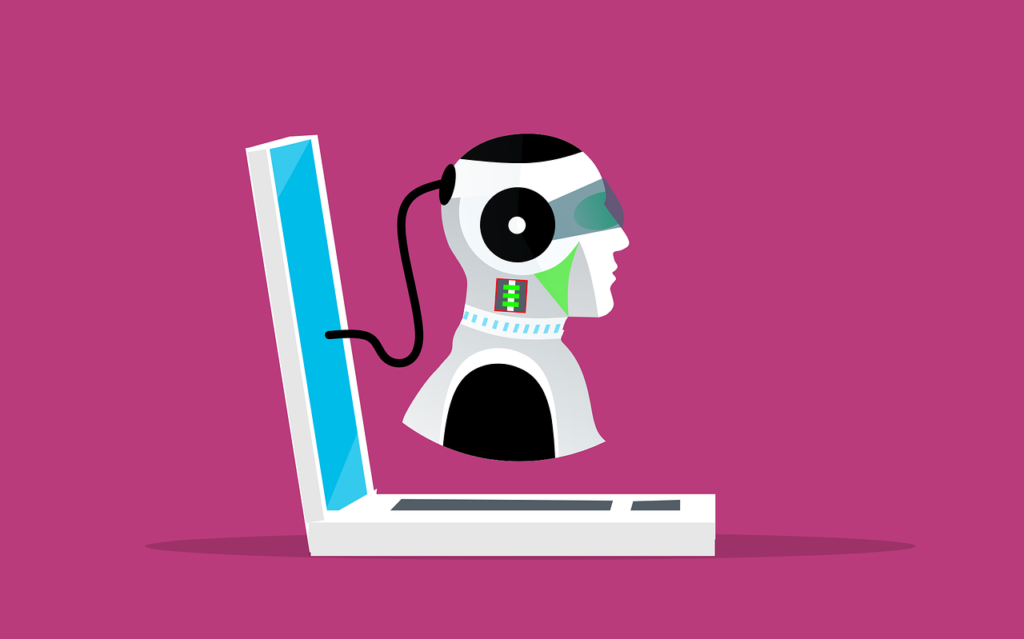
Assistive Technologies. Image by Mohamed Hassan from Pixabay
Assistive technologies refer to devices, equipment, or systems that are designed to enhance the functional capabilities and independence of individuals with disabilities or age-related limitations. These technologies aim to bridge the gap between an individual’s abilities and the tasks they wish to accomplish. Assistive technologies can include a wide range of tools, such as mobility aids, communication devices, hearing or vision assistive devices, cognitive support systems, and home automation solutions. The primary goal of assistive technologies is to improve the quality of life, promote independence, and enable individuals to participate fully in everyday activities.
This blog highlights the need for preparing and living independently as one ages. It acknowledges that some individuals may already be living independently in their golden years but require additional assistance in daily routines. To address this, the list below offers a compilation of 100 assistive technologies to support and enable independent living. This list is created to help give you ideas on what you might want to further research.
- Personal Emergency Response Systems (PERS)
- Medication Reminder Systems
- Fall Detection and Prevention Systems
- Home Monitoring Systems
- Smart Home Automation
- Remote Health Monitoring Devices
- Electronic Pill Dispensers
- Mobility Aids (Walkers, Canes, Wheelchairs, Scooters)
- Smartwatches and Wearable Devices
- Telehealth and Virtual Care Solutions
- Voice-Activated Assistants (e.g., Amazon Alexa, Google Home)
- GPS Trackers and Location Devices
- Video Doorbells with Two-Way Communication
- Adaptive Clothing and Dressing Aids
- Hearing Assistive Devices (e.g., Amplifiers, Hearing Aids)
- Vision Assistance Technologies (e.g., Magnifiers, Talking Watches)
- Home Safety and Fall Prevention Devices (e.g., Bed Rails, Bed Alarms)
- Reminder and Voice-Controlled Smart Speakers
- Automated Home Lighting Systems
- Adaptive Utensils and Eating Aids
- Memory and Cognitive Support Apps
- Stairlifts and Chairlifts
- Robotic Vacuum Cleaners
- Emergency Evacuation Chairs
- Assistive Bathing and Toileting Devices
- Voice Amplification Systems
- Electronic Magnifiers and Reading Devices
- Smart Home Security Systems with Monitoring
- Adaptive Exercise Equipment
- Medication Management Apps
- Adaptive Remote Controls for Electronics
- Digital Assistants for Reminders and Alarms
- Talking Thermometers and Blood Pressure Monitors
- Adaptive Gripping and Reaching Tools
- Voice-to-Text and Text-to-Voice Communication Apps
- Wireless Hearing Aid Connectivity to Smart Devices
- Temperature-Regulating Bedding and Mattress Pads
- Voice-Controlled Appliances and Smart Plugs
- Automatic Faucets and Motion-Activated Lights
- Prescription Management Systems and Pill Organizers
- Home Security Cameras with Mobile Monitoring
- Assistive GPS Navigation Devices
- Smart Insoles for Gait Analysis and Fall Prevention
- Adaptive Computer Keyboards and Mouse Devices
- Digital Memory Aids and Reminiscence Apps
- Wheelchair Accessible Vehicles and Lifts
- Vibrating Alarm Clocks and Bed Shakers
- Medication Dispensing Robots
- Smart Clothing with Biometric Sensors
- Captioned Telephones and Video Relay Services
- Robotic Assistants for Household Tasks
- Adaptive Vehicle Modifications (e.g., Hand Controls)
- Assistive Devices for Eating and Drinking Independence
- Portable Oxygen Concentrators
- Smart Home Air Quality Monitoring Systems
- Automatic Door Openers and Closers
- Fall-Sensing Floor Mat Alarms
- Adjustable Height Beds and Lift Chairs
- Voice-Controlled Home Entertainment Systems
- Automatic Pet Feeders and Waterers
- Electronic Cognitive Training Games and Apps
- Large Button Telephones and Cellphones
- Automatic Medication Dispensing Cabinets
- Adaptive Writing and Drawing Aids
- Personal Mobility Scooters
- Smart Home Energy Management Systems
- Remote Controlled Window Blinds and Curtains
- Vibrating Reminder Watches and Bracelets
- Adaptive Gardening Tools and Raised Garden Beds
- Wireless Home Intercom Systems
- Portable Handheld Magnifiers
- Medication Tracking Apps and Pill Reminder Alarms
- Voice-Controlled Environmental Controls (e.g., Thermostats)
- Automatic Stove Shut-Off Devices
- Video Calling Tablets for Remote Communication
- Robotic Companion Pets
- Doorbell Signaling Systems for Hearing Impairment
- Adjustable Reading Stands and Book Holders
- Smart Refrigerators with Voice Controls
- Portable Shower Chairs and Transfer Benches
- Voice-Activated Grocery List and Shopping Apps
- Vibrating Seat Cushions for Posture Support
- Hearing Loop Systems for Improved Audio Reception
- Assistive Devices for Buttoning and Zipping Clothing
- Emergency Call Buttons and Pendant Alarms
- Voice-Controlled Home Appliances and Devices
- Automatic Plant Watering Systems
- Medication Adherence Packaging and Reminder Services
- Smart Clothing with Fall Detection Sensors
- Cognitive Stimulation Apps and Brain Training Programs
- Adjustable Height Kitchen Countertops and Sinks
- Voice-Controlled Smart Home Locks and Security Systems
- Portable Folding Ramps for Accessibility
- Adaptive Shower Heads and Faucet Grips
- Tactile Markers and Labels for Easy Identification
- Handheld Pulse Oximeters and Blood Glucose Monitors
- Voice-Activated Navigation Systems for Vehicles
- Robot-Assisted Physical Therapy Devices
- Smart Glasses with Augmented Reality for Visual Assistance
- Assistive Technology Apps for Memory and Task Management
Please note that the suitability of these technologies depends on individual needs, preferences, and circumstances. Consulting with healthcare professionals or specialists can provide personalized recommendations based on specific requirements.